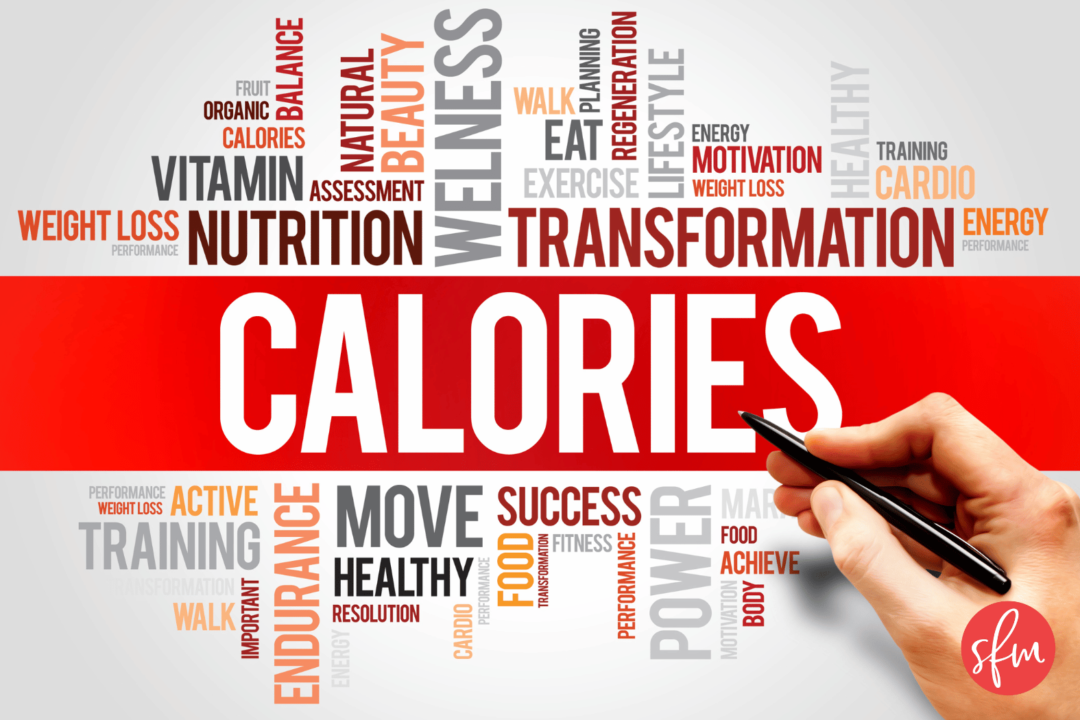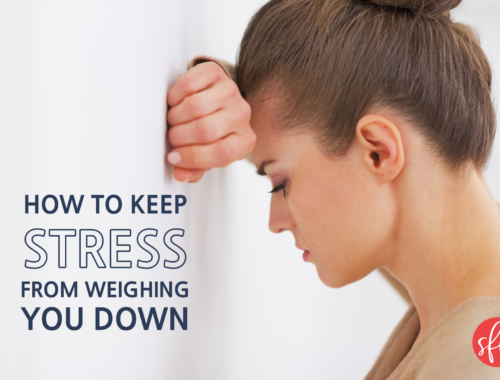Looking to set your macros for fat loss? We can help! Let’s start with setting overall calories.
Before we get started you need to know that macros are person to person specific. We’ve worked with 115 pound women that struggle to gain weight eating 3,000 calories/ day and we’ve worked with 200+ pound women that struggle to lose weight eating 1500 calories/day. Much of what we’re going to go over here are general guidelines, but you’ll see the most amount of success in terms of results and sustainability if you have macros tailored to your specific lifestyle and goals. Click HERE to get your custom macro count tailored to your lifestyle and goals. You’ll see the greatest amount of success working 1:1 with a coach as we set and adjust macros weekly based on client biofeedback and results. Learn more about our 1:1 coaching program HERE.
Whenever we set macros, we start with overall caloric intake. Calories matter most when you’re looking to lose body fat. We use the body weight multiplier formula (BWM) to determine overall calories.
Your Body weight multiplier is determined by a lot of factors. Diet history, current body weight, goal body weight, activity level, lifestyle, etc.
A general guideline to use- the more sedentary (i.e. low to moderate activity level) the lower the body weight multiplier. The more active (i.e moderate to high activity level), the higher the body weight multiplier.
Another factor to heavily consider when setting your overall calories is what your typical caloric intake looks like on a normal (non dieting) day. The higher your typical calorie average, the higher your body weight multiplier. The lower your typical calorie average, the lower your body weight multiplier.
Healthy body weight multipliers can range anywhere from the 10 to 13 calorie range for the non-exerciser/ slower metabolism, all the way through upwards of 20 for the super active/fast metabolism.
Your body weight multiplier can shift over time as you re-evaluate success and results over time. If you notice yourself wanting to go off the deepend after a few days of sticking to your macros, increase that Body weight multiplier. Don’t be afraid of more food. As you increase your body weight multiplier you’ll be able to maintain a balanced ratio of protein, carbs and fats which means more food isn’t going to equal more pizza and donuts.
Ready for Part 2? Click HERE to learn how to set your protein intake.
Part 3: How Many Fat Grams should I be Eating for Fat Loss?
Part 4: How Many Carbs Should I be Eating for Fat Loss?
If you’re interested in the formulas we use to set and adjust macros, The Stay Fit Mom Guide to Macros on Your Own is for you.










No Comments